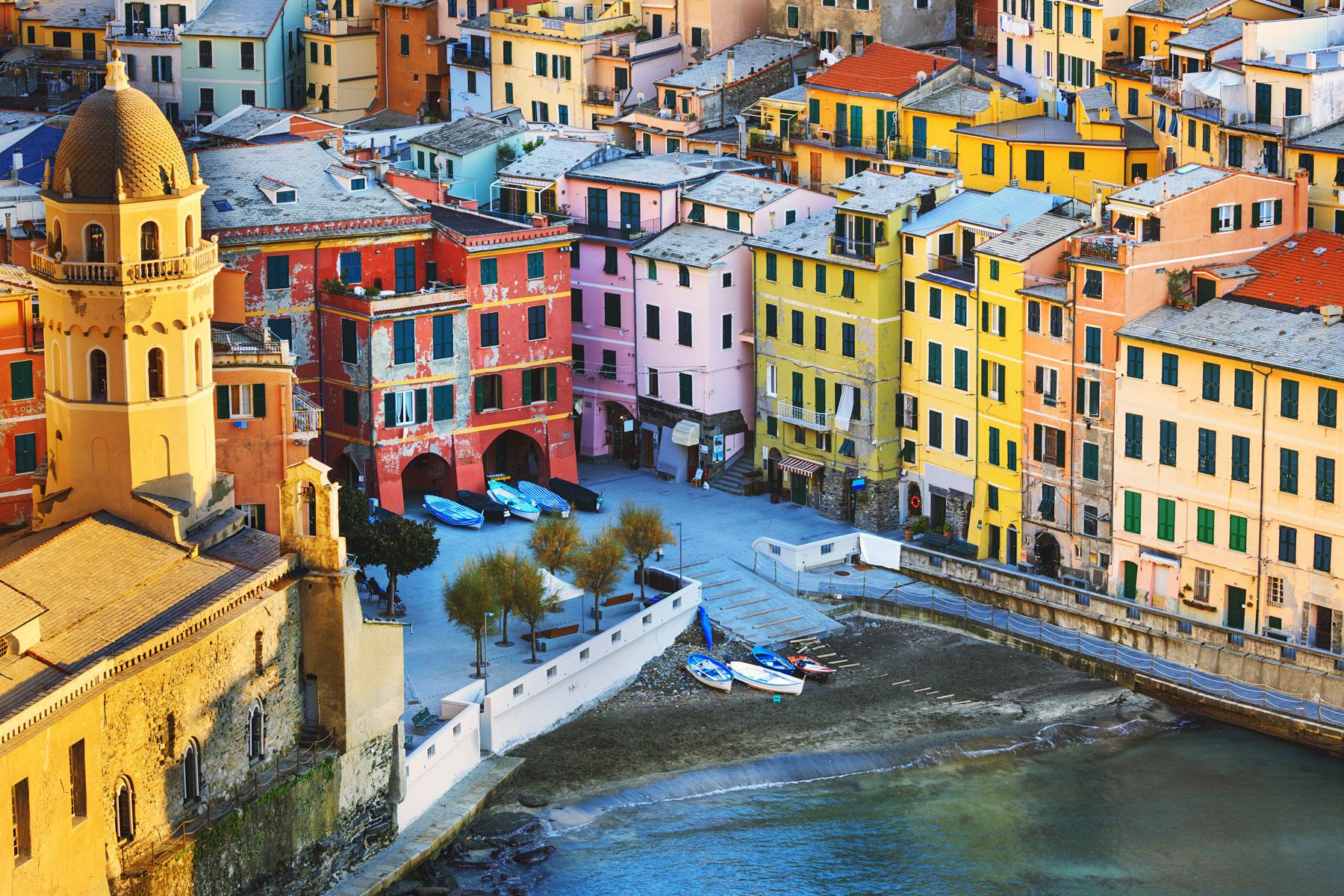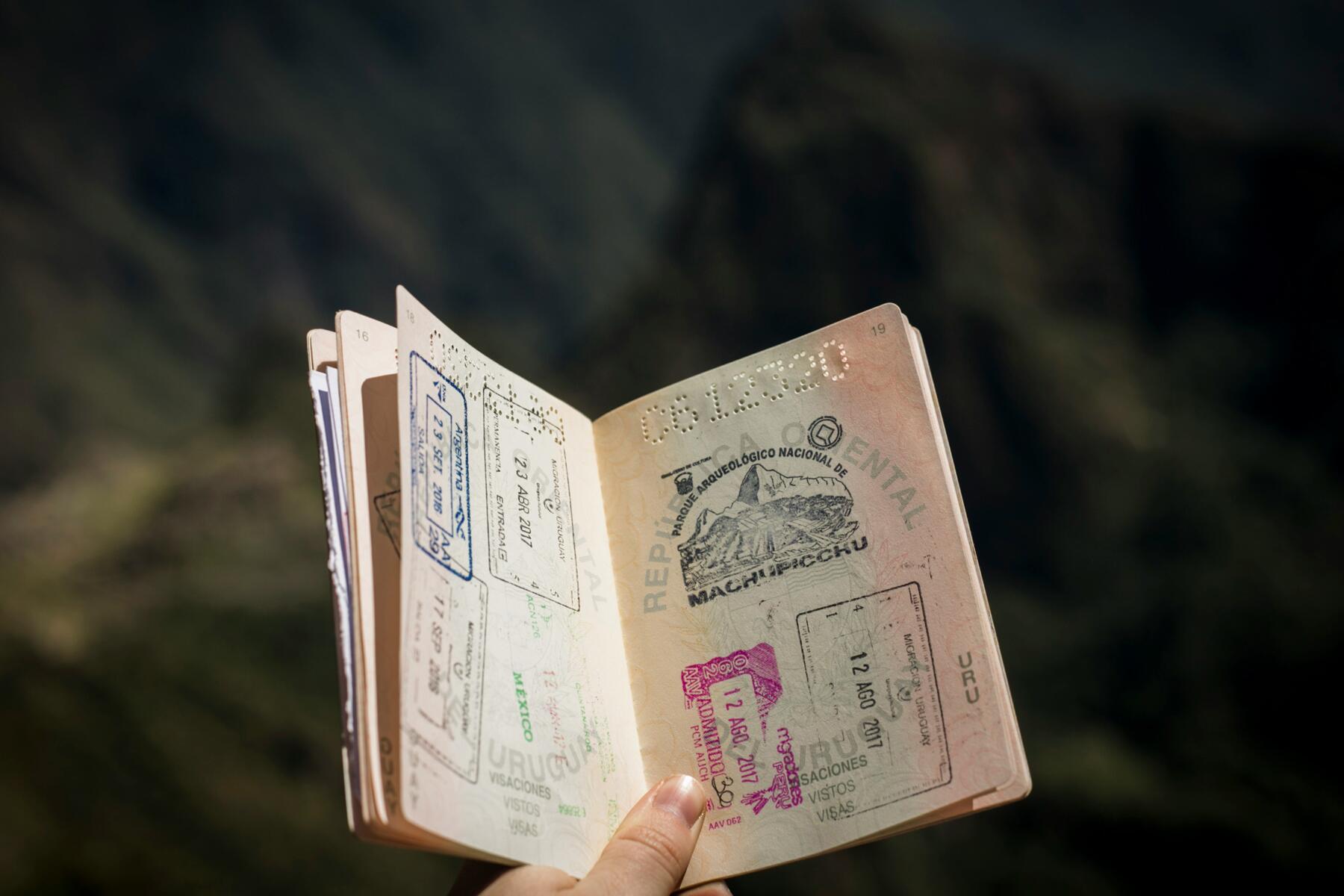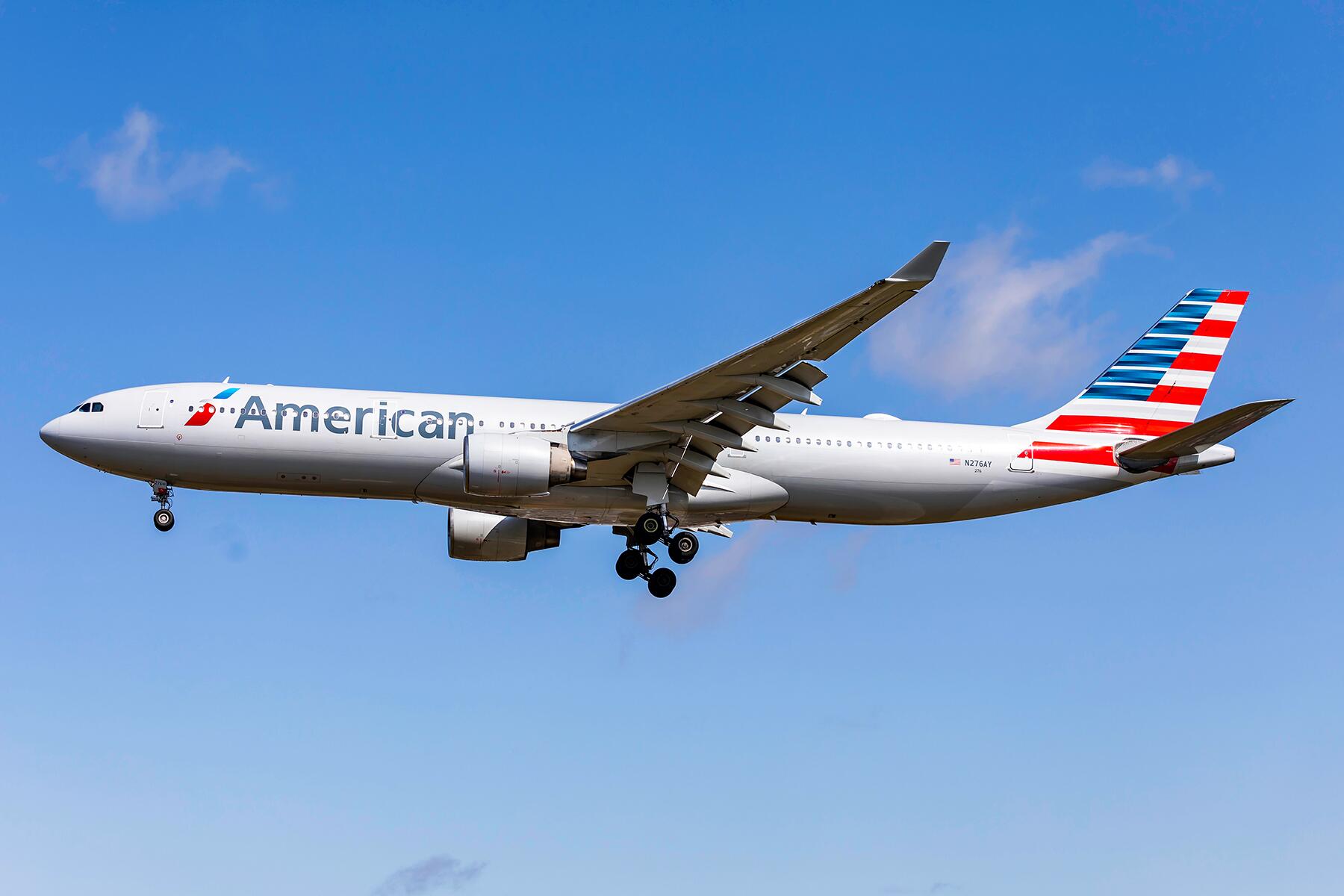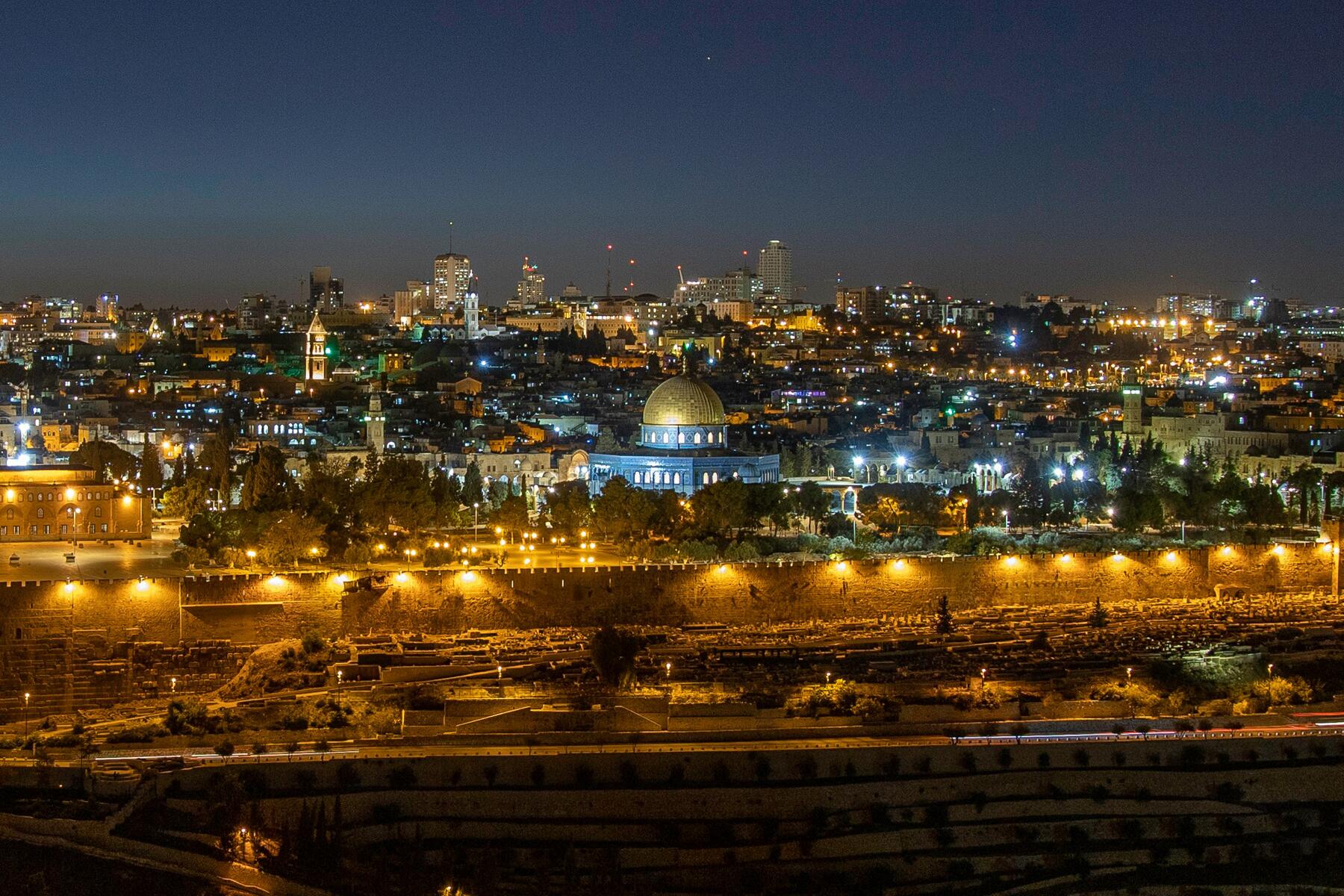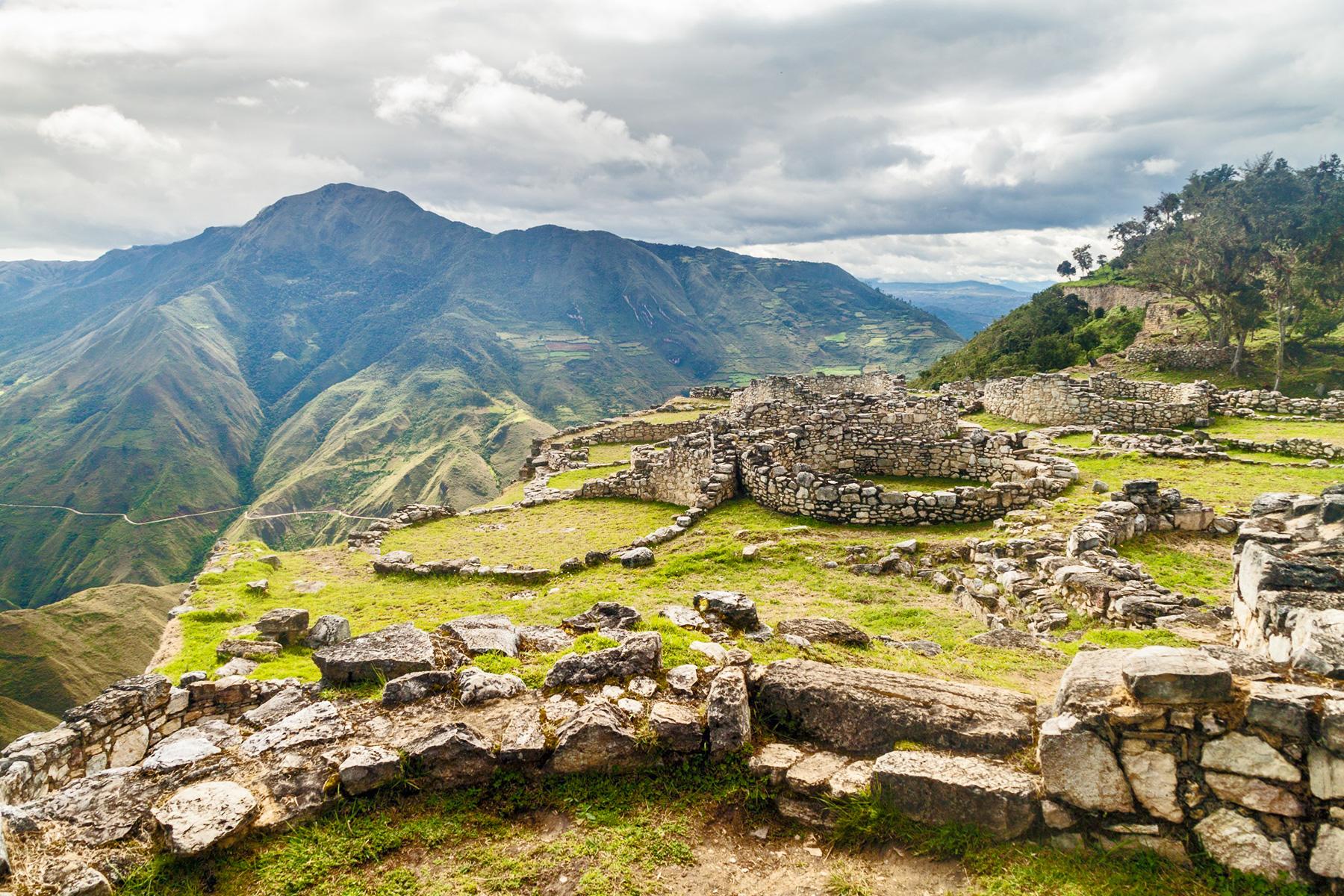Skip the crowds at Machu Picchu by visiting these ruins instead.
While Machu Picchu is without a doubt one of the greatest ancient sites in South America (and possibly the world), it is also one of the most popular, with over one million tourists each year. Machu Picchu should be on any traveler’s bucket list, but once you’ve visited, there’s so much more to discover in Peru. Populating the entire country, you will find archeological sites wherever you travel in Peru.
Top Picks for You
Nazca Lines
WHERE: Nazca Desert, Peru
Designated a UNESCO World Heritage Site and located approximately 250 miles south of Lima, the Nazca Lines feature images of Peruvian creatures as a series of ancient geoglyphs made more than 2,000 years ago. So huge they can be seen from space, they remain a mystery to researchers despite intense analysis for decades.
Historical Centre of the City of Arequipa
WHERE: Arequipa, Peru
Designated a UNESCO World Heritage Site, the Arequipa historic center features artistic edifices weaving European and native design. This mix results in a number of the best mestizo Baroque buildings on the globe. You will find open, romantic courtyards and sparkling white sillar, a type of volcanic rock used in construction.
INSIDER TIPYou can create your own walking tour of Arequipa. Be sure to pass through the Plaza Mayor, the convent of Santa Catalina, the Cathedral, La Merced, and Santo Domingo.
Recommended Fodor’s Video
The Sacred City of Caral-Supe
WHERE: Caral, Peru
Although Egypt gets the recognition for well-constructed ancient pyramids, Peru is also home to some historically significant architectural wonders. The Sacred City of Caral-Supe, with its own set of pyramids, lies about 120 miles north of Lima and is designated a UNESCO World Heritage Centre. Considered the oldest civilization center in both North and South America, the site remains well-preserved in both design and multiform construction. A 5,000-year-old metropolis called the “cradle of civilization in the Western world,” Caral provides the most comprehensive evidence of the complicated and multifaceted ancient society in the Americas.
Sacsayhuamán
WHERE: Cusco, Peru
Cusco is often the starting point for visitors to the Machu Picchu, but you can also visit other Inca ruins that lie at the northern edge of the city. Considered the greatest architectural work of the Incas during the climax of their civilization, Sacsayhuamán (meaning “royal eagle”) is a fortress/temple complex used today for reenactments of Inca ceremonies. The construction is mind-blowing–you’ll find stones stacked together so tightly, you can’t even fit a sliver of paper through them.
INSIDER TIPCusco lies at 11,152 feet. To combat elevation sickness, tourists often drink coca leaf tea, which you can find throughout the city. Be sure to ask for “Mate de Coca.”
Huaca del Sol
WHERE: Trujillo, Peru
An adobe temple built by the Moche civilization, the Huaca del Sol is located in Trujillo. Composed of four levels with more than 130 million bricks, the Moche rulers rebuilt the Huaca del Sol throughout the years. Considered the largest pre-Columbian structure built in both North and South America, the structure is slowly being destroyed by erosion–try to visit as soon as possible.
INSIDER TIPThe structure is not always open to visitors—check ahead of time to make sure it’s open.
Huaca de la Luna
WHERE: Trujillo, Peru
Like its counterpart Huaca del Sol, Huaca de la Luna is an adobe temple built by the Moche civilization on the northern Peruvian coast. The site is smaller than the Huaca del Sol, but it remains much better preserved (which means better photos). Unlike the Huaca del Sol, which was looted by Spanish conquistadors, this structure was left basically unscathed. You will find rooms filled with ceramics and metals.
INSIDER TIPWhile there, visit the Moche Pyramids Museum, open Monday to Sunday from 9 am to 4 pm.
Huaca Esmeralda
WHERE: Trujillo, Peru
Located in Trujillo, the Huaca Esmeralda is a pre-Columbian adobe temple belonging to the Chimu culture. Bring your walking shoes as the area encompasses 2,600 square meters with a steep ramp connecting two levels. Although researchers have tried, no one can logically conclude why the site is named “Esmerelda.” Perhaps you can come up with an idea while walking around the structure.
Chan Chan
WHERE: Trujillo, Peru
Once the largest pre-Columbian city in the Americas, Chan Chan is located about three miles west of the popular tourist city of Trujillo. Designated a UNESCO World Heritage Centre, the one-time powerhouse Chan Chan fell to the Incas. At the site, you will find an advanced city–evidenced by the strict zoning, spacing, and technical construction of the Chimu Kingdom.
Huaca del Dragón
WHERE: Trujillo, Peru
This archeological site, located near the city of Trujillo, remains a well-preserved religious site complete with an administrative and ceremonial center. The Huaca del Dragón received its name from wall carvings resembling a dragon. On the second level, you will find pits potentially used as food storage.
INSIDER TIPThe site is also known as the Huaca Arco Iris and is sometimes listed on maps this way.
Archaeological Complex El Brujo
WHERE: La Libertad, Peru
El Brujo (meaning “the witch”) was a popular pyramid-shaped Moche building for healers and witches. Visitors today will find three main monuments and almost 7,700 archaeological objects at the complex. The El Brujo museum has seven rooms and 351 archaeological objects. You can get here from Trujillo in about 50 minutes by bus or one hour by taxi.
INSIDER TIPIn 2005, the remains of Mochica high priestess, known as the Governess of Cao, were discovered. You can view her mummified body at El Brujo.
Kuélap
WHERE: Kuélap, Peru
Take note: you should visit this archeological fortress and the largest stone structure in South America before the crowds discover it. Considered the next big thing in Peru tourism, Kuélap is known as the Machu Picchu of Northern Peru. On a mountain higher than Machu Picchu, the site is actually in better condition. In the fortress, you will find air plants and orchids within a forest of clouds.
Sacred Valley of the Incas
WHERE: Cusco, Peru
Located 12 miles north of Cusco, the Sacred Valley of the Incas is where Machu Picchu lies. But you can tour The Sacred Valley, also known as the Río Urumbamba Valley, without the trek to the colossal tourist attraction. Visit the Inca citadel of Ollantaytambo, considered the last stronghold of the Incan resistance, and Pisac, a Peruvian village known for an Archeological Park that includes ancient temples and plazas.
Cercado de Lima
WHERE: Lima, Peru
If you don’t have the time to explore the country, flying into the capital city and visiting the Cercado de Lima should provide you with a small taste of ancient Peruvian architecture. The official district name for Lima Downtown, you will discover Viceroyalty manor houses and 17th century historic edifices.
INSIDER TIPStay at the Gran Hotel Bolivar, where Hollywood stars stayed during the 1920s. If you are the type to easily scare, bring a friend with you. Guests have experienced paranormal activity.
Koricancha
WHERE: Cusco, Peru
Once considered the center of the world and the most important temple of the Incan empire, Koricancha, also known as the Temple of the Sun of the Incas, demonstrates a fusion of Incan and Hispanic cultures. It once attracted people from all over the empire who came to worship Tahuantinsuyo gods. Inside, you will find carved stones and chambers with silver and gold.
INSIDER TIPRainy season in Cusco is between November and March. You’ll get your best photos between April and October.
Moray
WHERE: Cusco, Peru
About 30 miles from the well-known city of Cusco, the Moray ancient site offers visitors three perfectly carved pits that vary 20 degrees in temperature from the top to the bottom. They resemble a Roman amphitheater—rounded and tiered, also mirroring the terraces found on Machu Picchu. Researchers do not know for sure why these circular terraces were built, but they believe they served as an agricultural research station.
